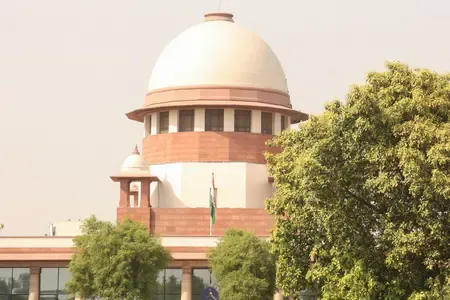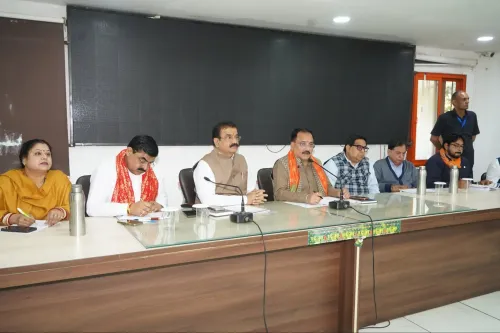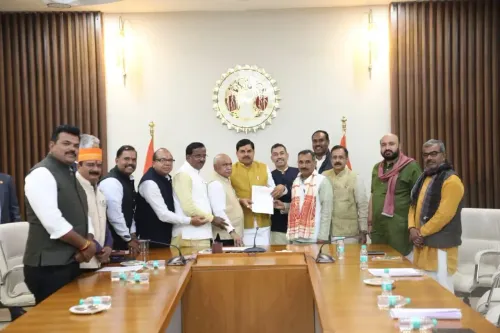How Have Women’s Safety and Violent Crimes Changed Under PM Modi's Leadership?

Synopsis
Key Takeaways
- Significant decline in violent crimes reported from 2014 to 2023.
- 19% decrease in rape cases since 2014.
- 27% reduction in dowry deaths.
- 40% drop in riot cases.
- 29% overall decline in violent crimes under PM Modi's governance.
New Delhi, Oct 3 (NationPress) Recent statistics from the National Crime Records Bureau (NCRB) indicate a noteworthy decline in violent crimes in India over the last ten years.
The data shows a significant shift in crime patterns since 2014, highlighting a period of improved safety, especially for women, under the governance of Prime Minister Narendra Modi.
From 2004 to 2014, the nation experienced a rise in violent crimes, including murder, rape, dowry deaths, and riots.
During the UPA period, reported rape cases escalated dramatically, from 18,233 in 2004 to 36,735 in 2014. However, after 2014, this alarming trend reversed. By 2023, the number of reported rape cases had decreased to 29,670, reflecting a 19% decline from the peak in 2014.
This positive change is largely credited to focused initiatives aimed at enhancing women’s safety and bolstering law enforcement. The number of dowry deaths also saw a significant reduction.
From 8,455 cases in 2014, it fell to 6,156 in 2023, marking a 27% decrease.
This represents one of the most substantial declines among all categories of violent crime.
Furthermore, riot incidents, which surged to 66,042 in 2014, dropped to 39,260 in 2023 — a 40% reduction.
Murders, which averaged over 33,000 annually during the UPA years, fell to 27,721 in 2023, showcasing an 18% decline.
In total, violent crimes in these categories rose by 22% during the UPA administration, reaching 1.45 lakh cases in 2014.
Under the leadership of PM Modi, this figure decreased by 29% to 1.02 lakh cases in 2023, even lower than the 1.18 lakh recorded in 2004.
This data suggests a significant improvement in public safety and crime deterrence. Experts attribute this positive shift to various initiatives introduced by the Modi administration.
Modernizing police forces has been a major focus, with an allocation of Rs 4,846 crore since 2021 under the Assistance to States and UTs for Modernisation of Police (ASUMP) scheme.
This investment has facilitated the introduction of advanced communication systems, upgraded weaponry, and improved mobility for state police departments.
The revival of the Crime and Criminal Tracking Network and Systems (CCTNS), which had stagnated under previous administrations, has also been pivotal. Now connecting over 17,700 police stations and granting access to more than 35 crore crime records nationwide, CCTNS has improved coordination and expedited investigations.
Moreover, new criminal laws have been enacted, introducing stricter provisions and timelines for addressing cases, particularly those involving women and children. A consolidated chapter with 37 dedicated sections now focuses on crimes against these vulnerable groups, streamlining legal processes and ensuring quicker justice.
These reforms illustrate a holistic strategy towards internal security and law enforcement, contributing to a safer India. While challenges continue to exist, the data indicates a decade of progress in reducing violent crimes and fostering public trust in the justice system.









